1. Brake does not regenerate hard
Harsh braking is mainly caused by poor control of braking timing and braking force. It is vividly reflected on many novices. Besides good running-in with the car, certain operating skills need to be mastered.
Braking skills: slowly and continuously press the brake pedal to slow down evenly. When the car body tends to stop, slowly raise the brake pedal until it is completely released when it stops.
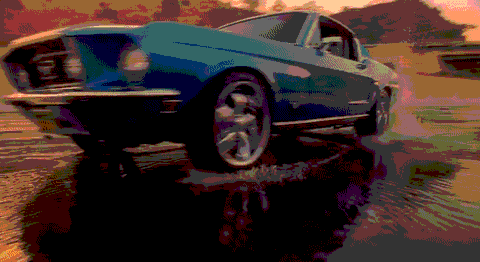
It is necessary to ensure a safe distance from the vehicle in front, step on the brake pedal slowly, maintain the braking force, and then increase or decrease the force according to the speed of the vehicle in front.
Braking skills: when the front car starts to brake (the brake light is on), put your foot on the brake pedal, apply force evenly, slow down steadily to the same distance as the front car, keep your foot on the track, observe the speed change of the front car, and adjust the braking force.

When braking uphill, you should also step on the brake slowly, which is slower than driving on the flat road, but the speed of releasing the brake pedal is faster than that on the flat road, so as to ensure that the speed will not drop excessively. For vehicles with manual transmission, it is easy to cause inappropriate gear due to the speed falling too fast. Too low gear will make the vehicle body shake. Therefore, pay attention to timely shift after braking on the slope.
The downhill braking is more complicated, not only using the braking system, but also using the engine braking. If the brake is used for a long time when going downhill, especially on a long slope, it is easy to cause the brake friction pad to overheat, resulting in reduced brake efficiency. In order to prevent this, it is necessary to use the low gear to go downhill for vehicles with manual transmission. Generally speaking, it is OK to use the third gear. For cars with automatic transmission, you can't refuel at the beginning of downhill. You must keep the speed increasing slowly. If necessary, use the brake to control the speed.
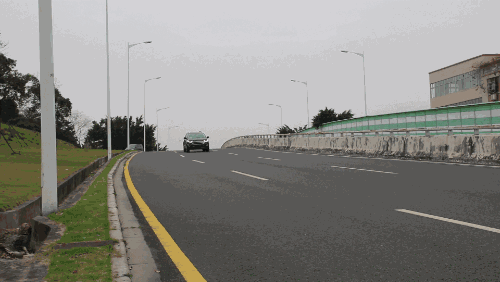
When turning, you should brake before entering the corner, slow down to enter the corner slowly, and then accelerate to exit the corner. When braking on a curve, turn the direction and adjust the body posture at any time along the curve. Don't step on the brake, especially the vehicles in the outer lane, to avoid losing control of the vehicle body.
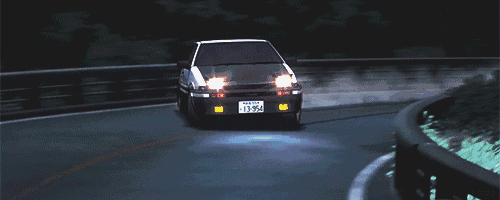
5. Don't panic in an emergency
Decelerate to stop in the shortest time and distance. At this time, first of all, you must quickly step on the brake pedal to the bottom, and at the same time, you must prepare for the emergency line connection. In fact, it is not complicated, but the key is to be tough enough to really step on the brake pedal.
If the emergency brake can stop the car in front of the obstacle, it's good. If it can't, you should consider whether you can avoid it. Emergency avoidance is also called brake merging. The key is to steer and avoid obstacles when the brake pedal is pressed to the bottom. (This method is limited to vehicles with ABS)
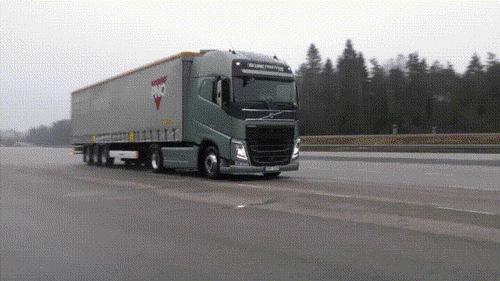
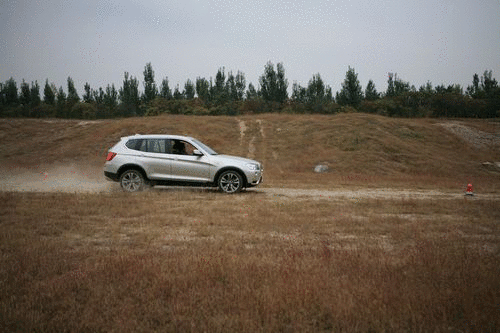
7. You don't have to keep pressing the brake when parking
It is not necessary to keep pressing the brake when parking. You can release the brake once before the vehicle stops completely. Because if we step on the brake for the purpose of stopping the vehicle, we will have a relatively large impact when we keep stepping on the brake until the moment before the vehicle stops. The trick to reduce or mitigate the impact of this impact is to release the brake once before the vehicle stops completely, and then gently brake until the vehicle stops.

8. Brake gently in rainy days to protect the brake system
In addition to using the emergency brake carefully in rainy days, you can also gently brake when passing through the waterlogged road to remove the water on the brake disc to prevent corrosion and rust and protect the brake system.
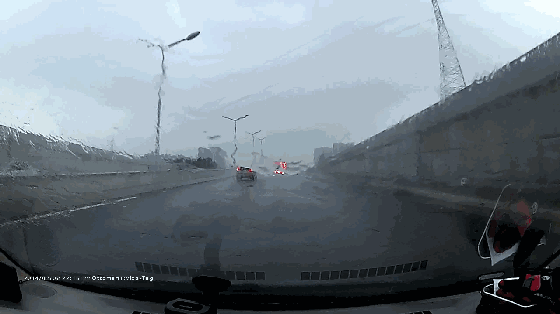
In short, good braking is not only the embodiment of driving ability, but also the driving skills we need to have in daily driving. This is not only responsible for ourselves, but also a responsibility to others and society!